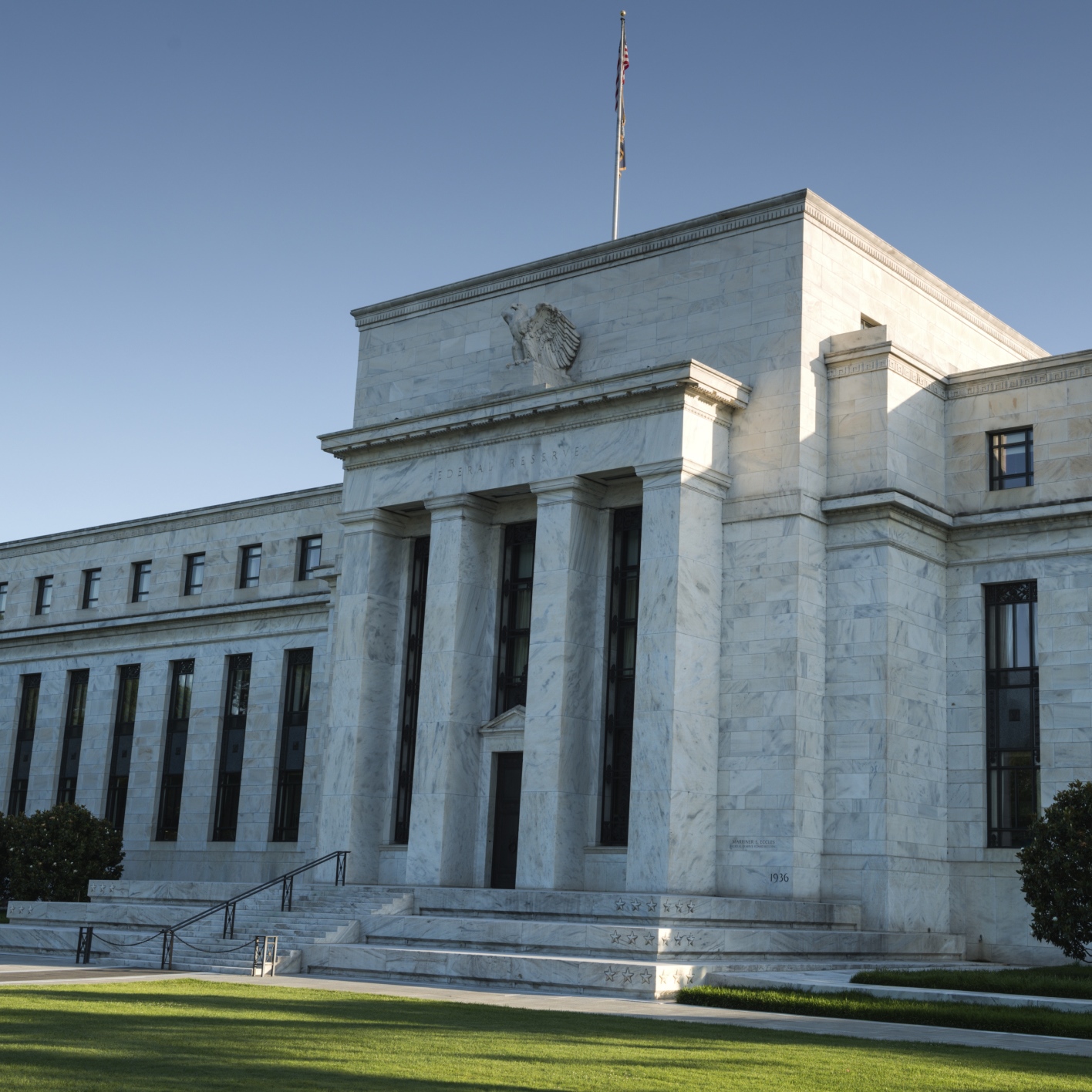Economy
Janet Yellen and Fed Keep Rates Flat, Hint at Future Hike Chances

Published:
Last Updated:

The Federal Reserve’s Federal Open Market Committee (FOMC) has decided to leave interest rates unchanged at its two-day June meeting. This should hardly be a surprise to any economist or to any investor, particularly with such a poor Durable Goods report seen earlier in the day maintaining weak trends for months. The vote was 9 to 1 to keep rates static after noting that near-term economic risks have diminished, which aims to keep each FOMC meeting ahead being live for potential rate hikes.
Overall, the FOMC noted that labor market strengthened and that economic activity has been expanding at a moderate rate. The sole vote to raise rates was Esther George, who preferred to raise the target range for the Federal Funds rate to 0.50% to 0.75% at this meeting.
Fed Funds were at a target 0.25% to 0.50% rate ahead of the meeting and the U.S. remains stubbornly above 0.00% while Europe and Japan are actually at negative interest rates.
It was just at the December 2016 FOMC meeting when Janet Yellen and the Federal Reserve raised rates for the first time in years. Then came the selling panic and the need for the Bank of Japan and the European Central Bank to do more stimulus and quantitative easing by pursuing a step further into negative interest rates. That was even before the Brexit shock of June 2016.
After a wave of economic data was weakening during the second quarter, much of the data has ended up looking mixed or slightly better than expected. Employment softness proved to be only temporary and retail sales trends have bucked the international risks. Inflation remains stubbornly low, even as wages have continued to tick higher and even with oil well off of its floor price under $30.
The Federal Reserve statement said:
Information received since the Federal Open Market Committee met in June indicates that the labor market strengthened and that economic activity has been expanding at a moderate rate. Job gains were strong in June following weak growth in May. On balance, payrolls and other labor market indicators point to some increase in labor utilization in recent months. Household spending has been growing strongly but business fixed investment has been soft. Inflation has continued to run below the Committee’s 2 percent longer-run objective, partly reflecting earlier declines in energy prices and in prices of non-energy imports. Market-based measures of inflation compensation remain low; most survey-based measures of longer-term inflation expectations are little changed, on balance, in recent months.
Consistent with its statutory mandate, the Committee seeks to foster maximum employment and price stability. The Committee currently expects that, with gradual adjustments in the stance of monetary policy, economic activity will expand at a moderate pace and labor market indicators will strengthen. Inflation is expected to remain low in the near term, in part because of earlier declines in energy prices, but to rise to 2 percent over the medium term as the transitory effects of past declines in energy and import prices dissipate and the labor market strengthens further. Near-term risks to the economic outlook have diminished. The Committee continues to closely monitor inflation indicators and global economic and financial developments.
Against this backdrop, the Committee decided to maintain the target range for the federal funds rate at 1/4 to 1/2 percent. The stance of monetary policy remains accommodative, thereby supporting further improvement in labor market conditions and a return to 2 percent inflation.
Fed Funds futures were swinging in recent days to where the first formal rate hike with the median rate above the 0.50% not coming until December of 2016 or even January of 2017.
One issue which keeps arising is that the Federal Reserve presidents and chairperson remain adamant that they are data dependent. This effort allows them to jawbone to talk of moving rates higher. That also leaves the upcoming September meeting as being in-play. What if the Brexit impact proves to be limited in the United States? What if the U.S. economy continues to pick up steam? Or what if that trend of wage pressure actually starts to lead to actual inflation?
Before getting too worried about how high or how fast the FOMC will raise rates ahead, consider that they still see rates being highly accommodative. One part of the formal statement said:
The Committee expects that economic conditions will evolve in a manner that will warrant only gradual increases in the federal funds rate; the federal funds rate is likely to remain, for some time, below levels that are expected to prevail in the longer run.
Ever wanted an extra set of eyes on an investment you’re considering? Now you can speak with up to 3 financial experts in your area for FREE. By simply
clicking here you can begin to match with financial professionals who can help guide you through the financial decisions you’re making. And the best part? The first conversation with them is free.
Click here to match with up to 3 financial pros who would be excited to help you make financial decisions.
Thank you for reading! Have some feedback for us?
Contact the 24/7 Wall St. editorial team.